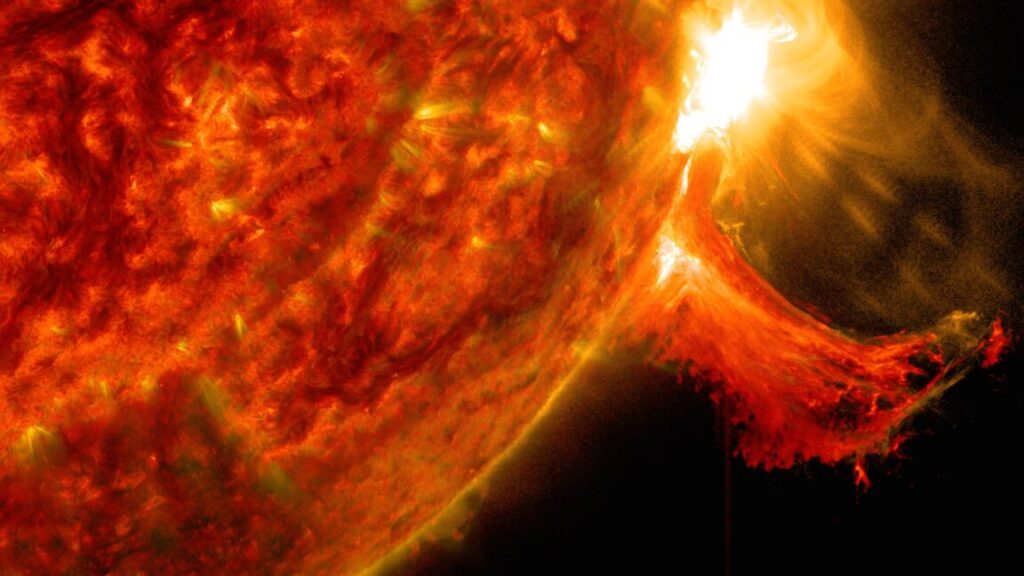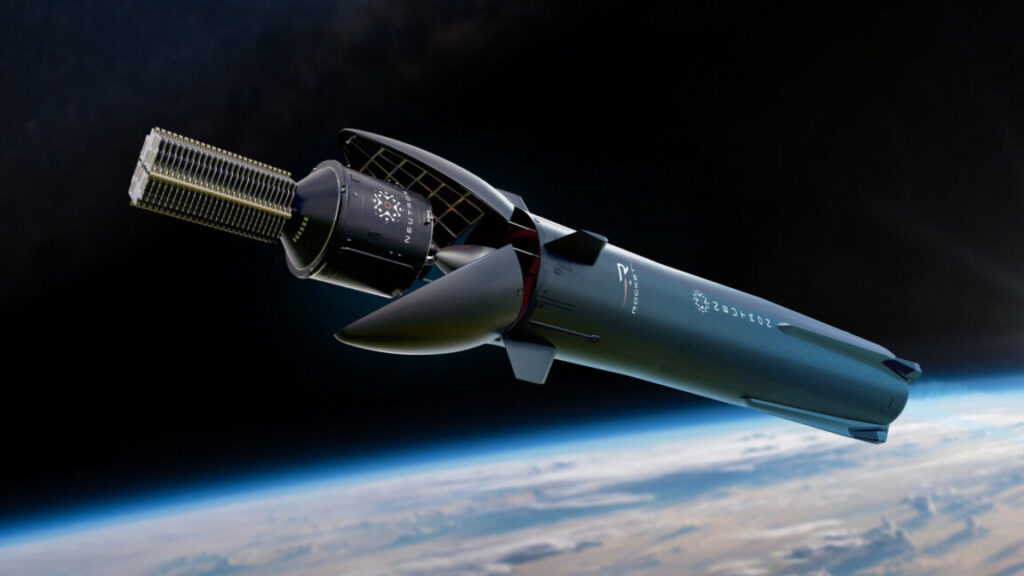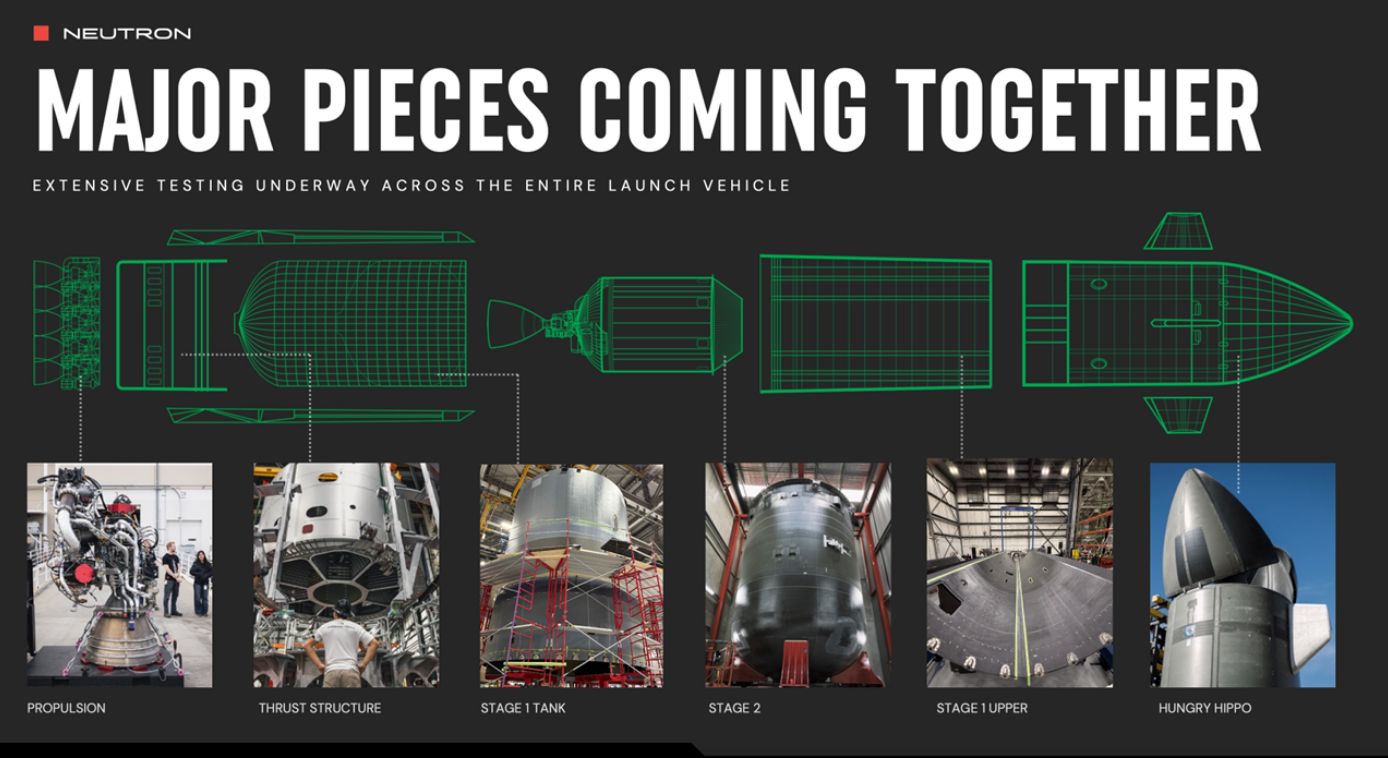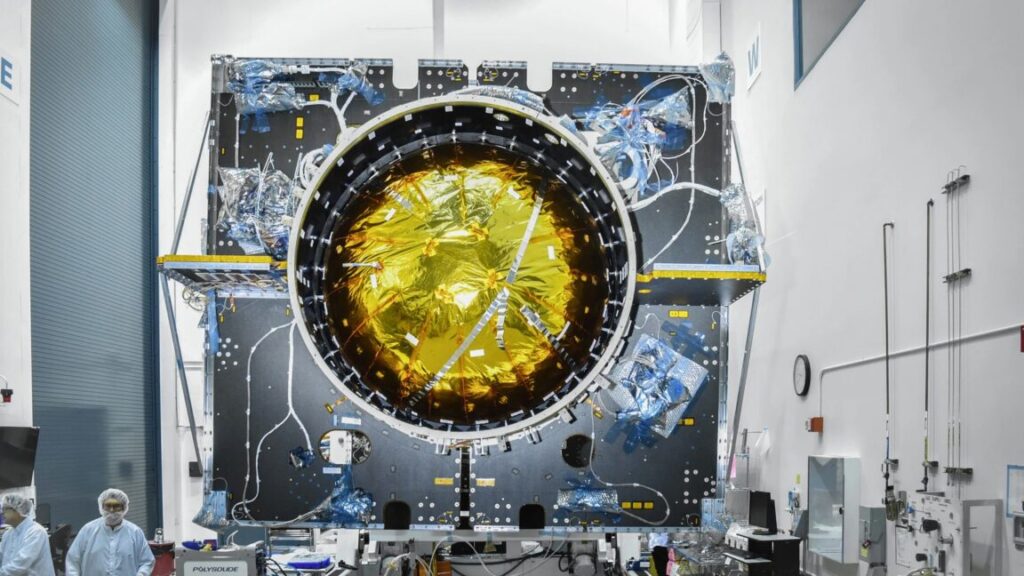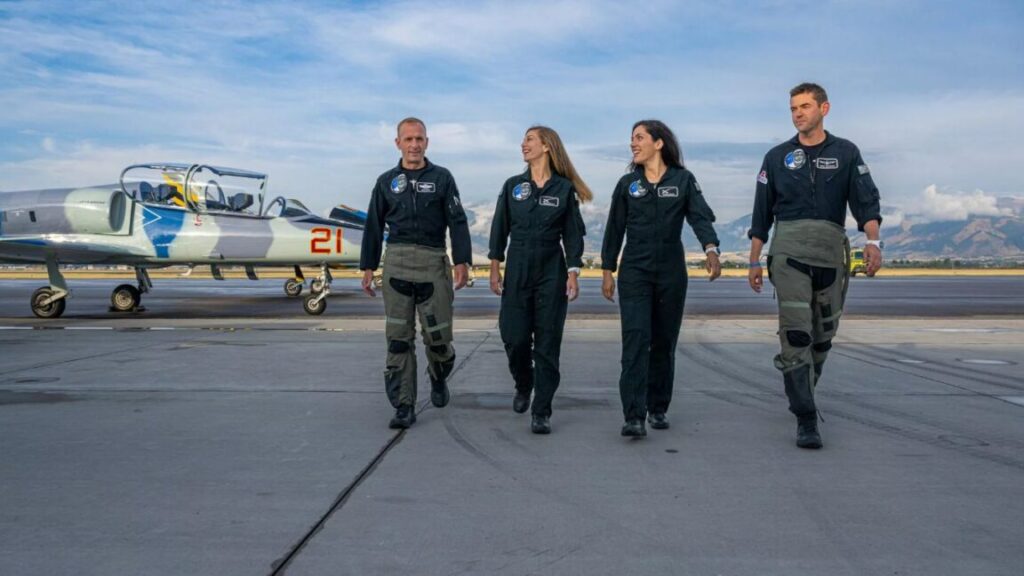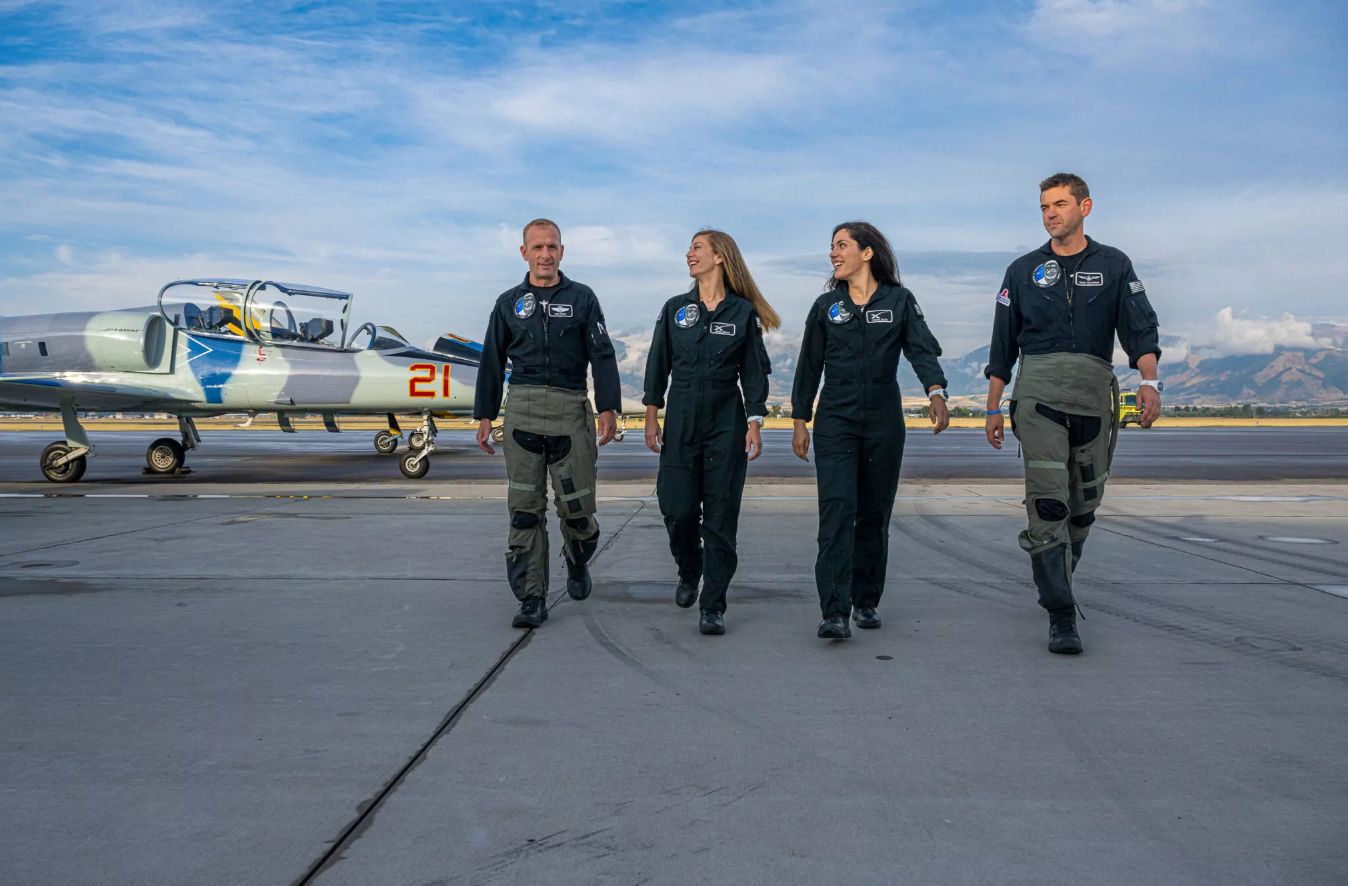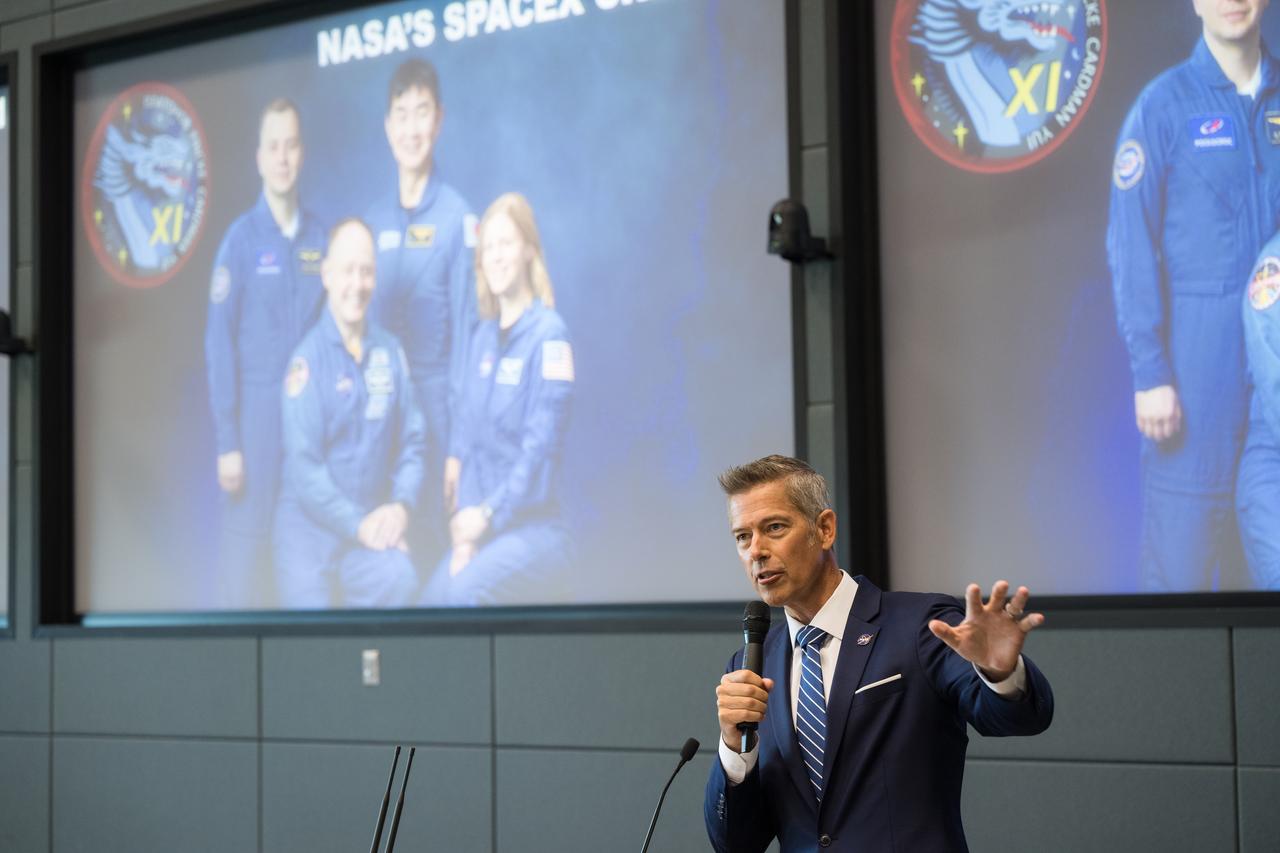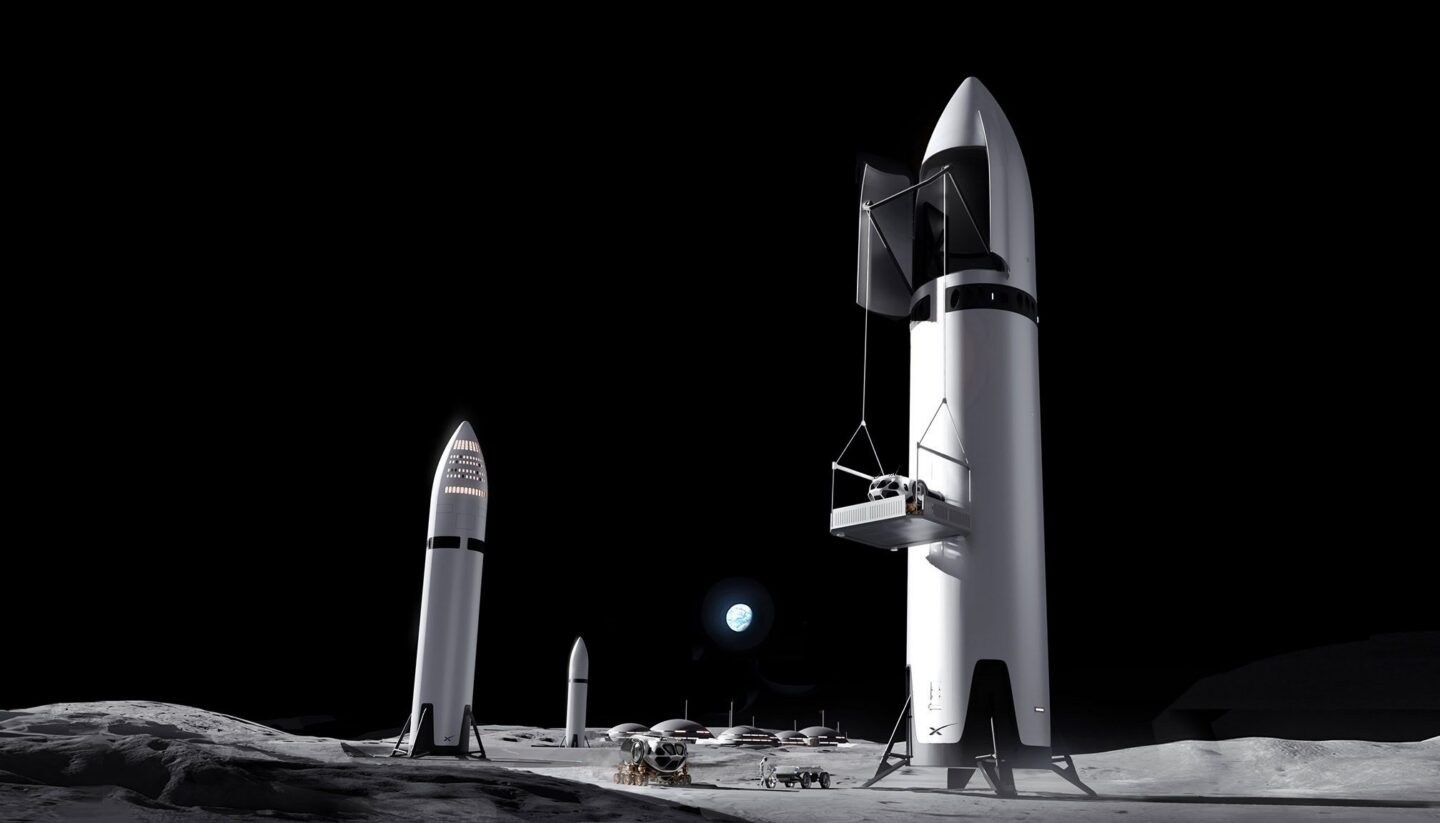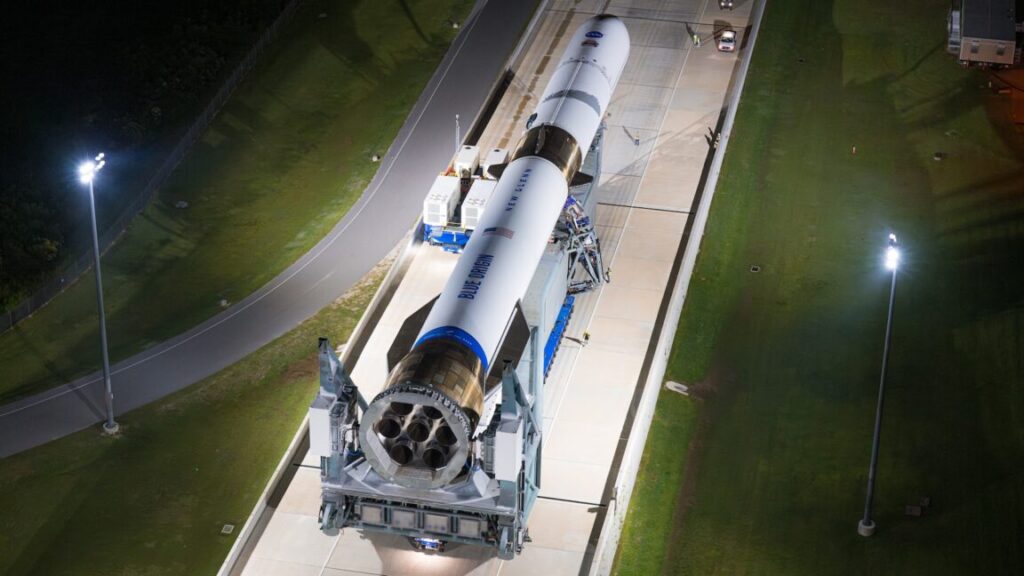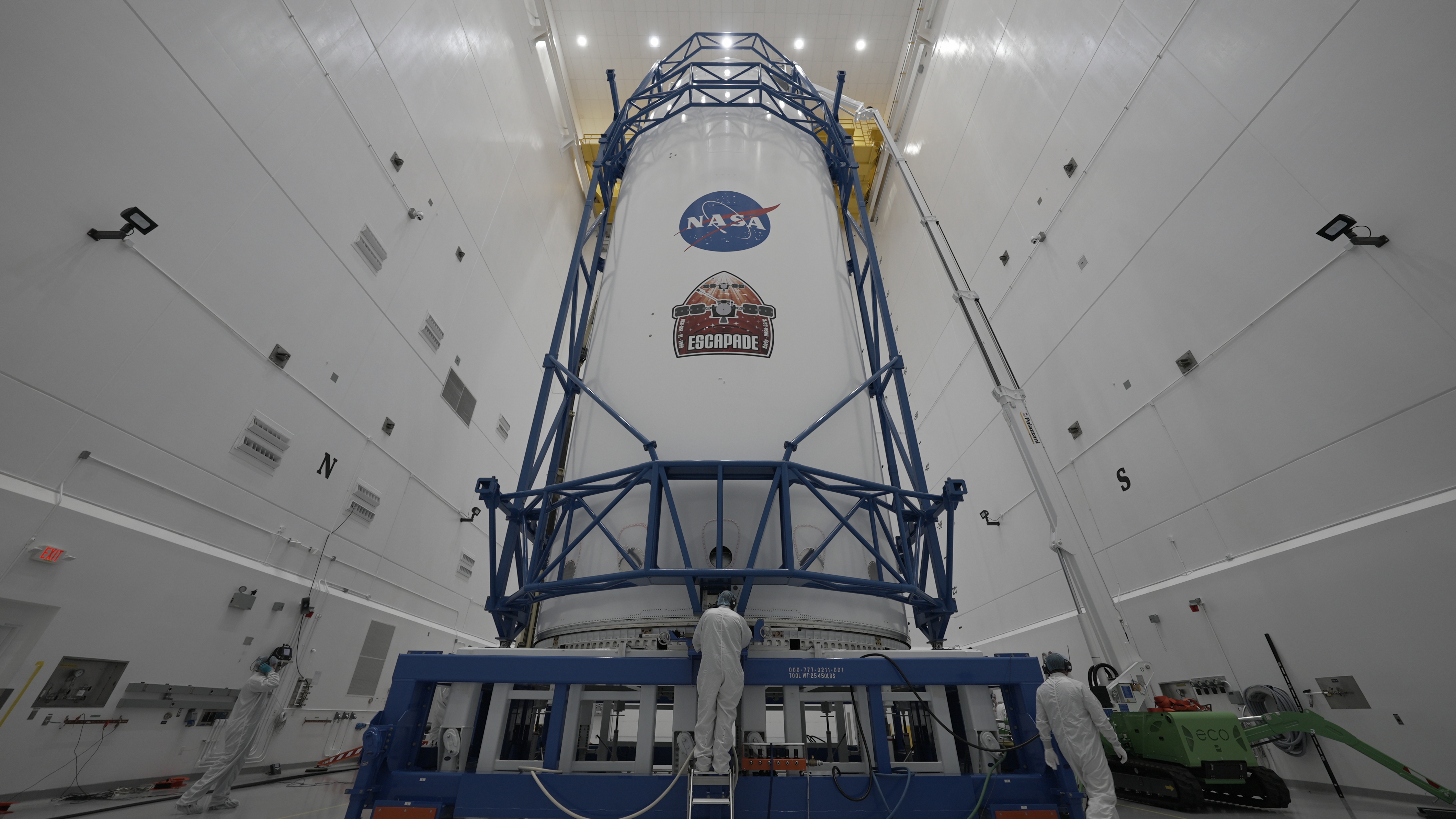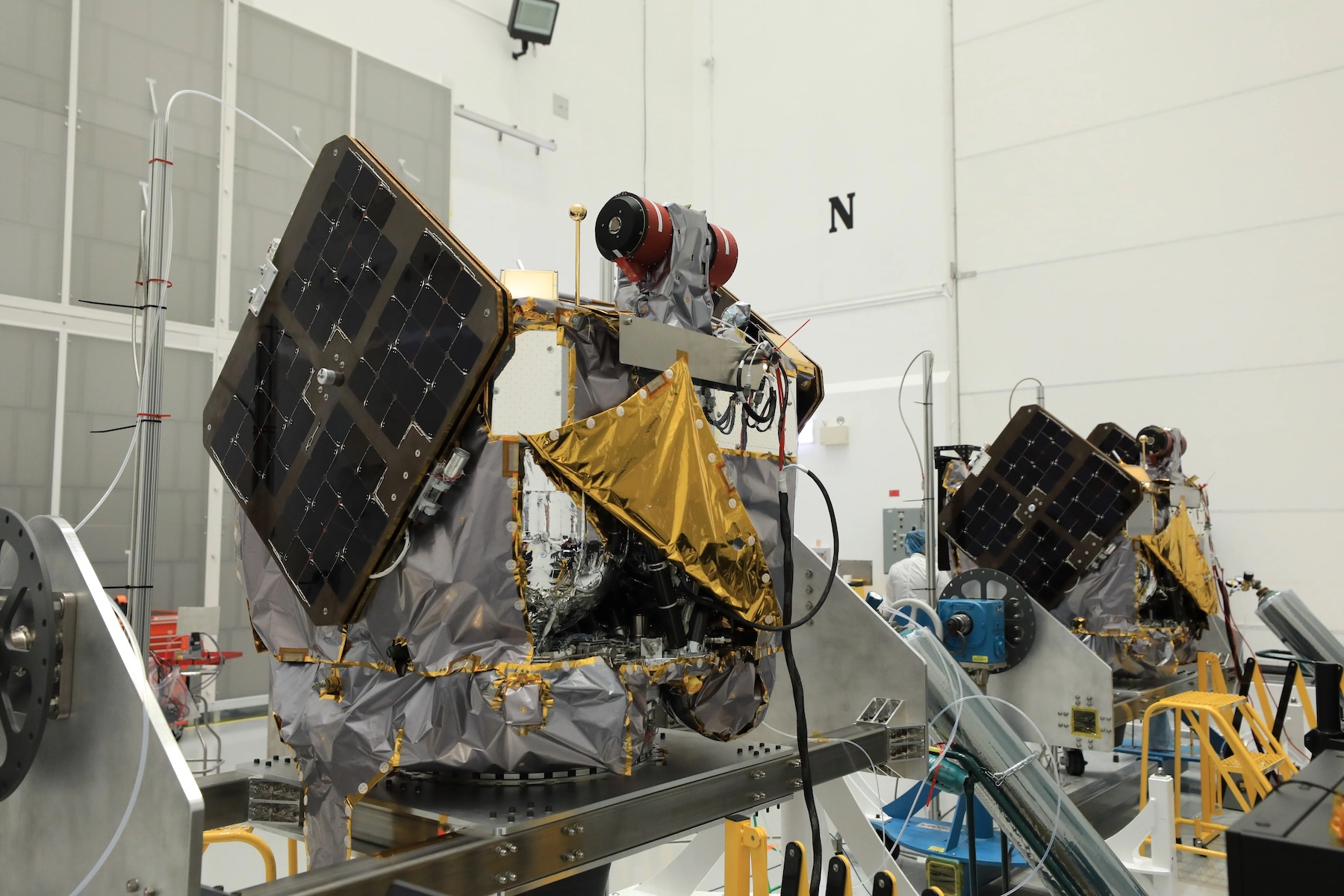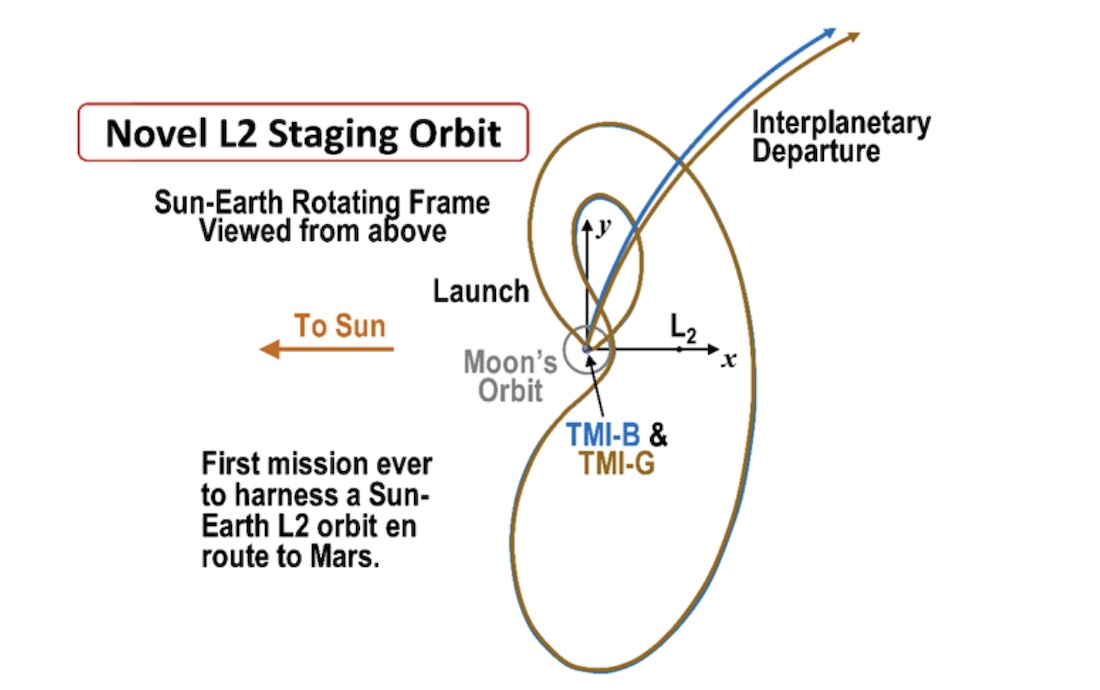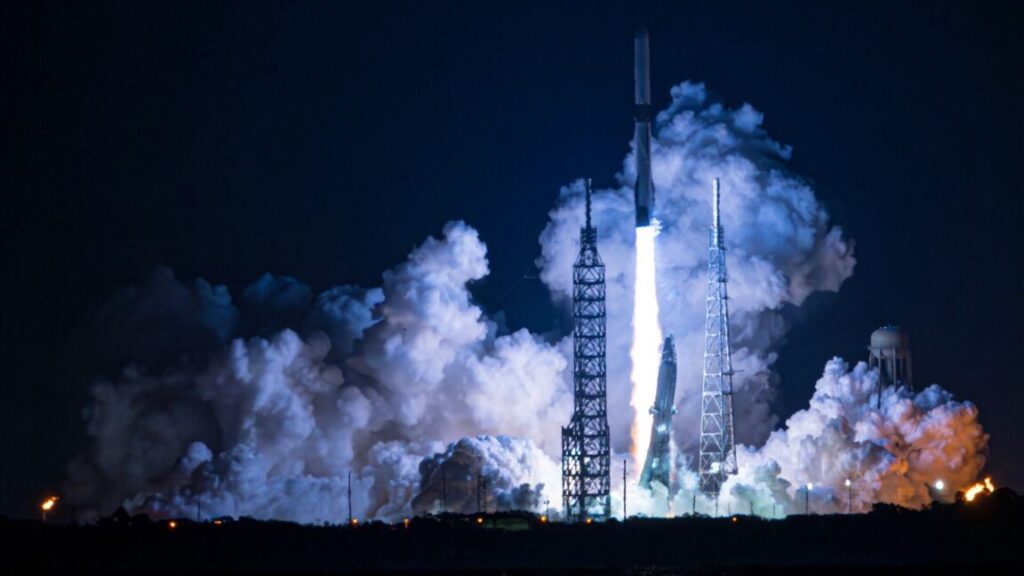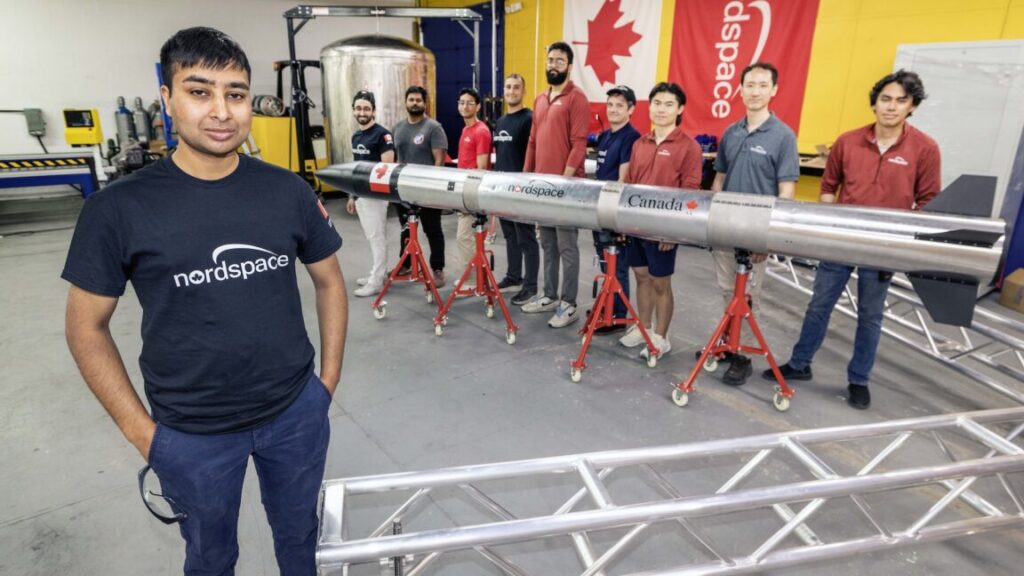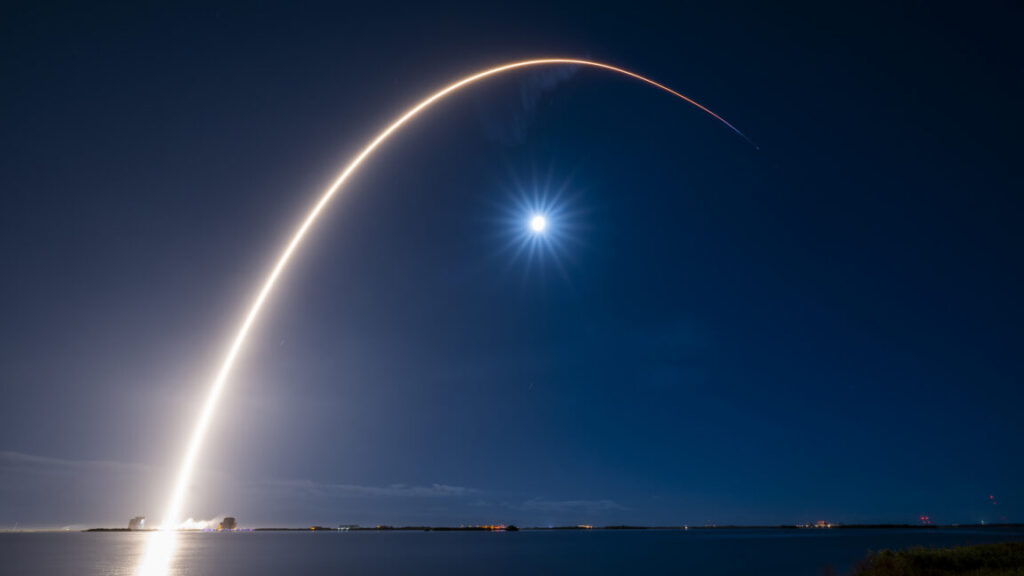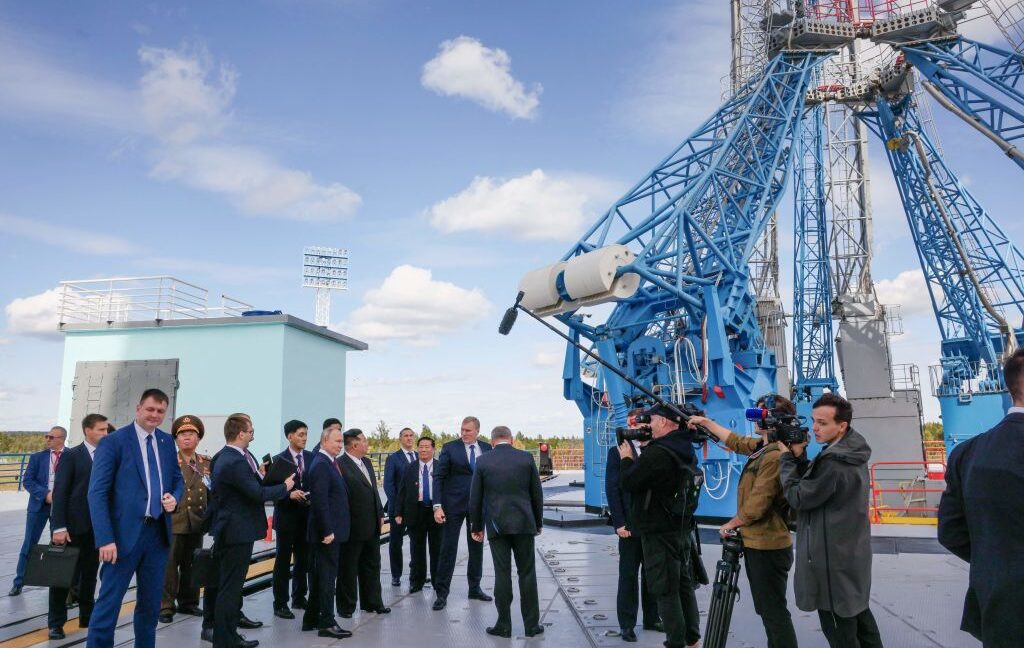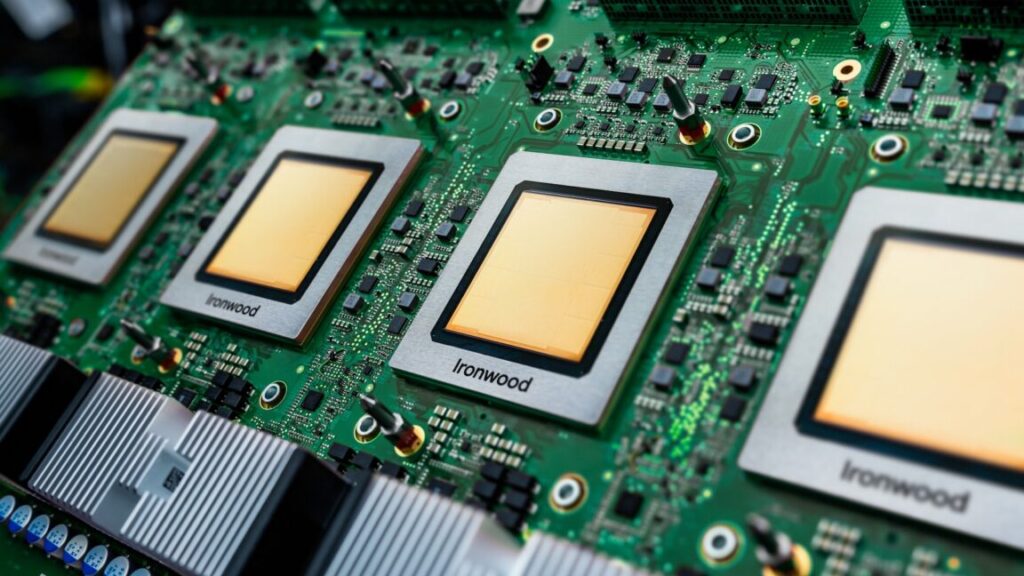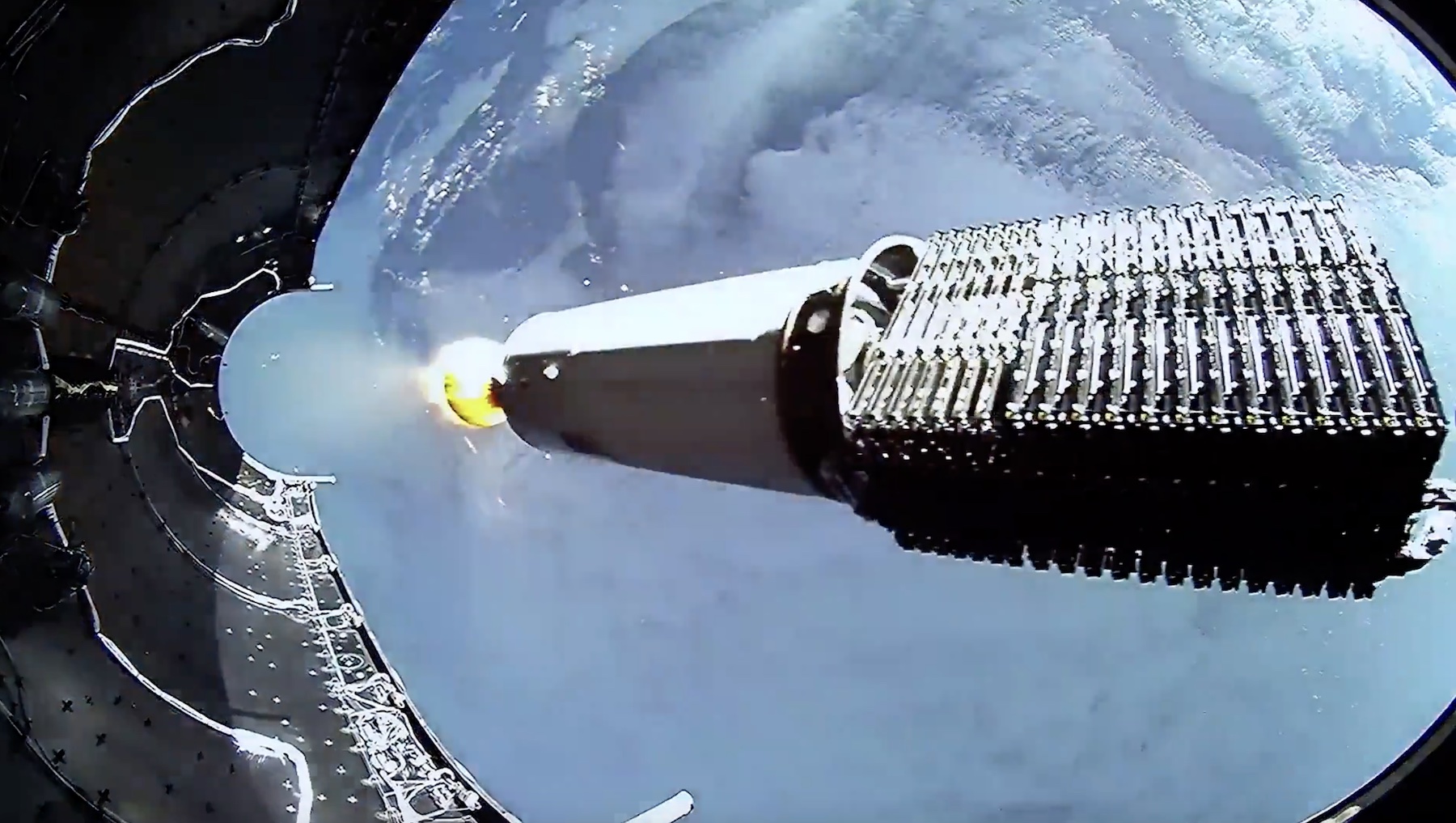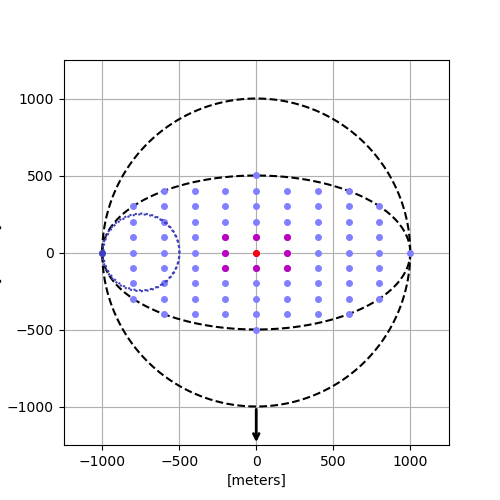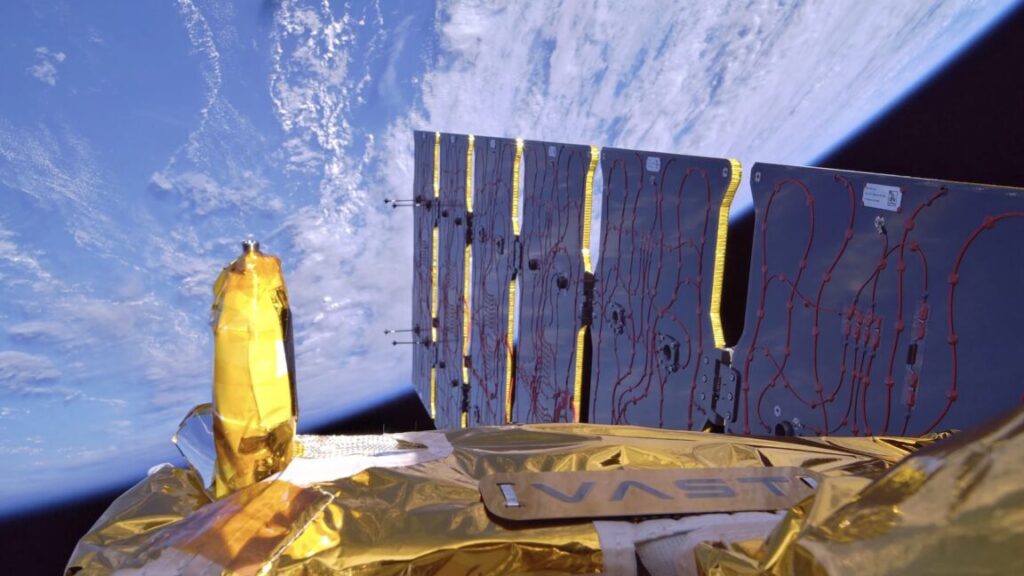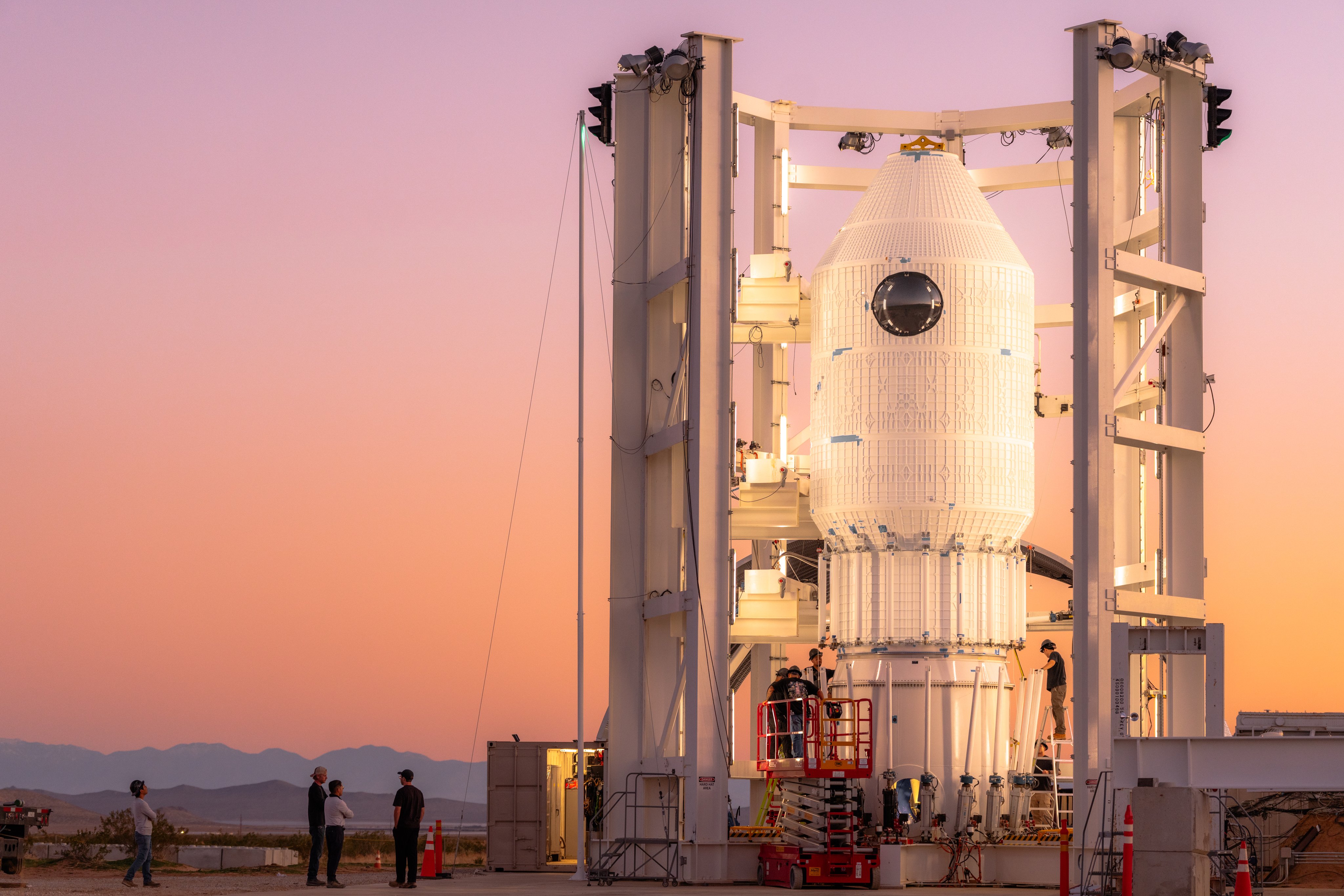An explosion 92 million miles away just grounded Jeff Bezos’ New Glenn rocket
A series of eruptions from the Sun, known as coronal mass ejections, sparked dazzling auroral light shows Tuesday night. The eruptions sent a blast of material from the Sun, including charged particles with a strong localized magnetic field, toward the Earth at more than 1 million mph, or more than 500 kilometers per second.
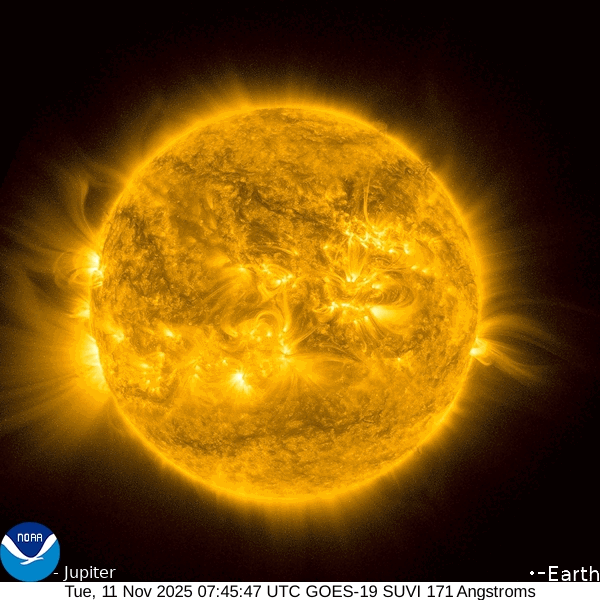
A solar ultraviolet imager on one of NOAA’s GOES weather satellites captured this view of a coronal mass ejection from the Sun early Tuesday. Credit: NOAA
Satellites detected the most recent strong coronal mass ejection, accompanied by a bright solar flare, early Tuesday. It was expected to arrive at Earth on Wednesday.
“We’ve already had two of three anticipated coronal mass ejections arrive here at Earth,” said Shawn Dahl, a forecaster at NOAA’s Space Weather Prediction Center in Boulder, Colorado. The first two waves “packed quite a punch,” Dahl said, and were “profoundly stronger than we anticipated.”
The storm sparked northern lights that were visible as far south as Texas, Florida, and Mexico on Tuesday night. Another round of northern lights might be visible Wednesday night.
The storm arriving Wednesday was the “most energetic” of all the recent coronal mass ejections, Dahl said. It’s also traveling at higher speed, fast enough to cover the 92 million-mile gulf between the Sun and the Earth in less than two days. Forecasters predict a G4 level, or severe, geomagnetic storm Wednesday into Thursday, with a slight chance of a rarer extreme G5 storm, something that has only happened once in the last two decades.

The Aurora Borealis lights up the night sky over Monroe, Wisconsin, on November 11, 2025, during one of the strongest solar storms in decades. Credit: Ross Harried/NurPhoto via Getty Images
The sudden arrival of a rush of charged particles from the Sun can create disturbances in Earth’s magnetic field, affecting power grids, degrading GPS navigation signals, and disrupting radio communications. A G4 geomagnetic storm can trigger “possible widespread voltage control problems” in terrestrial electrical networks, according to NOAA, along with potential surface charging problems on satellites flying above the protective layers of the atmosphere.
It’s not easy to predict the precise impacts of a geomagnetic storm until it arrives on Earth’s doorstep. Several satellites positioned a million miles from Earth in the direction of the Sun carry sensors to detect the speed of the solar wind, its charge, and the direction of its magnetic field. This information helps forecasters know what to expect.
“These types of storms can be very variable,” Dahl said.
An explosion 92 million miles away just grounded Jeff Bezos’ New Glenn rocket Read More »
